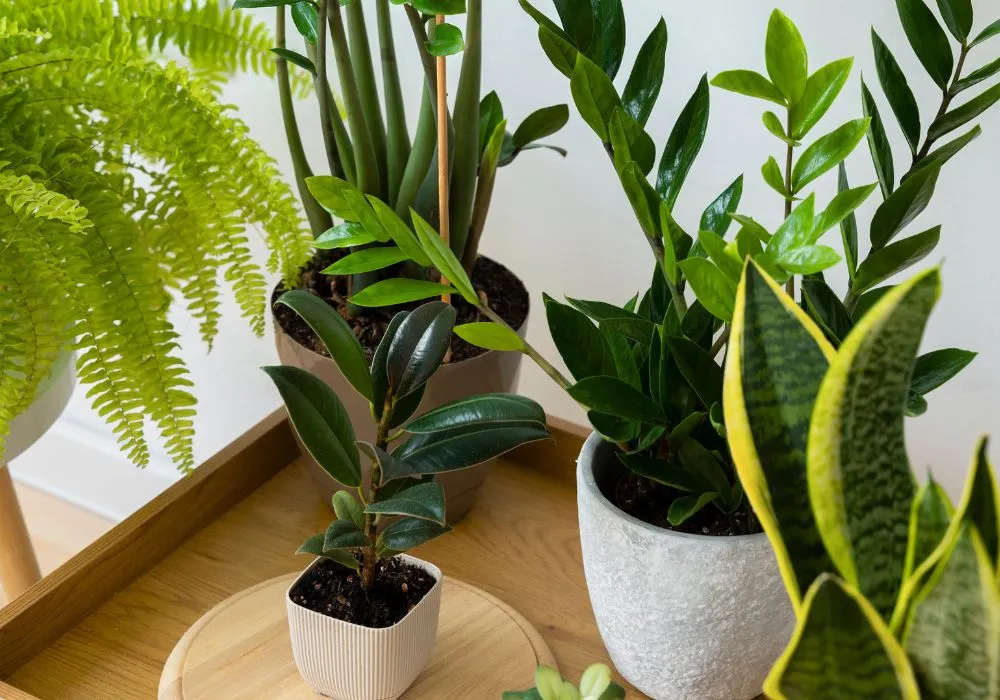
The Best Plants for a Cafe and Restaurant
In Vancouver’s bustling foodie scene, ambiance is everything. The right plants can make a cafe feel cozier and a restaurant more upscale, creating a memorable,
Tropical plants are a dazzling addition to brighten up a space. With proper care, they can easily thrive. Some people are scared of these wild and beautiful plants but in reality, tropical plant care is very simple.
All you need to know is what they need. Figuring out the right sunlight exposure, watering and moisture requirements etc help to care for these wonderful foliages. Easy care tropical house plants are perfect for adding a vibrant touch to your space.
Some tropical plants are really easy to grow and care for. You might need to give them some extra love during winter. Proper tropical plant care helps them flourish beautifully, making your home feel lively.
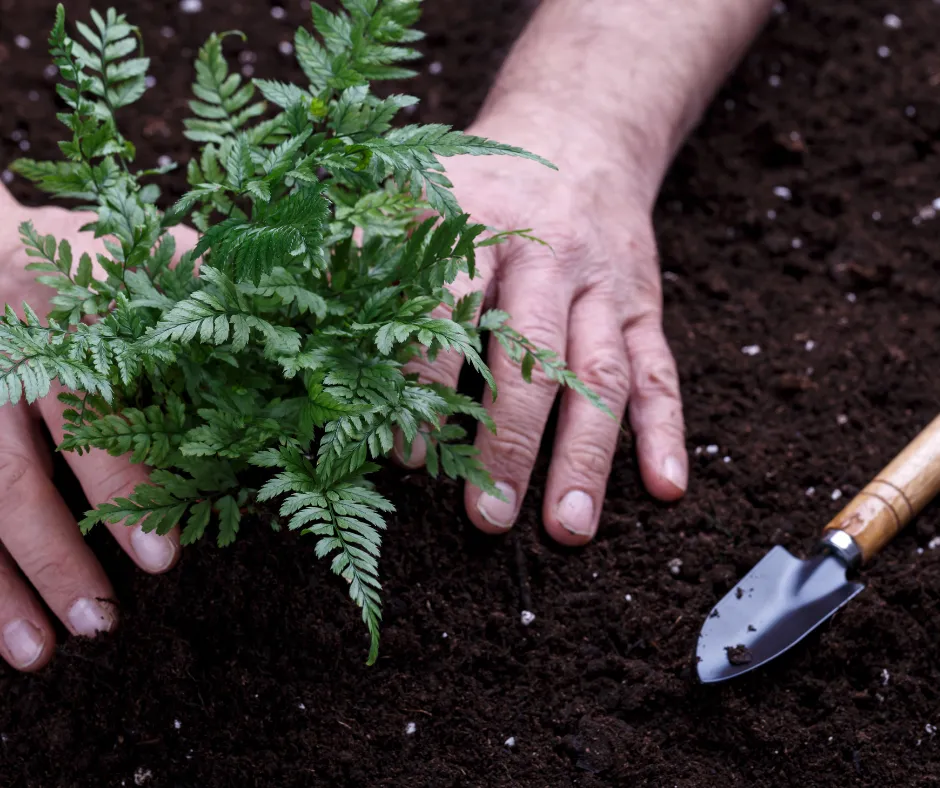
There are many types of tropical house plants. Different plants have different appeal. Here are some of the most popular ones:
These are the common tropical house plants people mostly grow in their houses.
Focus on the basic needs of these plants to prolong their lifespan. Choose easy-care tropical house plants like pothos or snake plants as a beginner. Here, read our plant care guide:
Tropical plants need bright, indirect light to grow properly. Place them near windows with lots of light but no direct sun exposure. Direct sun exposure can burn their leaves. If you don’t have enough light, use grow lights. Adjust the light to match what they need. Watch how your plants react and move them if needed.
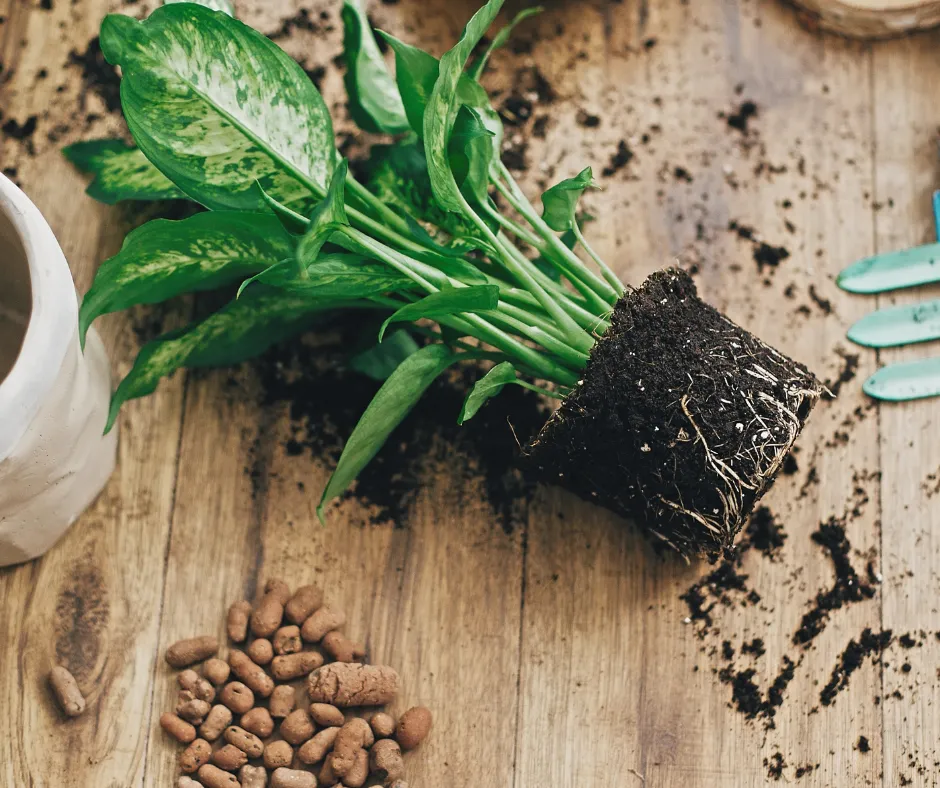
Proper watering is crucial for tropical plant care. Water them deeply until the excess drains out. Most tropical plants need moist soil but not too wet. Check the top inch of the soil. If it’s dry, water them. In winter, they need less water. These tips are helpful for easy-to-care-for tropical plants like pothos.
These thrive in humid places. Keep the humidity level between 50-60%. Place a water tray near the plants. Misting leaves also helps. This is crucial for tropical Croton plant care. In dry places or during winter, increase humidity to keep the leaves healthy.
Keeping the temperature between 65°F and 85°F is ideal. Keep them away from cold drafts or heating vents. Sudden temperature changes can hurt them. For proper indoor tropical plant care, keep temperatures steady. In winter, keep them away from cold windows. This helps your tropical foliage grow well.
Tropical plants need soil that drains well but stays moist. Use a good potting mix for tropical foliage. Fertilize once a month with a balanced fertilizer. Don’t over-fertilize, it can harm the roots. Adjust based on their needs. General-purpose fertilizer works for easy-care tropical house plants.
Pruning and shaping keep them healthy. Use clean, sharp scissors for this. Remove dead or yellow leaves often. Trim long stems to preserve the shape. Pinch back vine tips to grow bushier plants. This prevents pests and keeps them looking great.
Repotting is crucial for their growth. Choose a slightly larger pot than the first one. Gently take out the plant. Shake off the old soil. Place it in the new pot with fresh soil. Fill in around it with more soil. Water it well. For outdoor tropical plant care, repotting is necessary during the warmer months.
Change how you care for your plants with the seasons. Here is a detailed guideline:
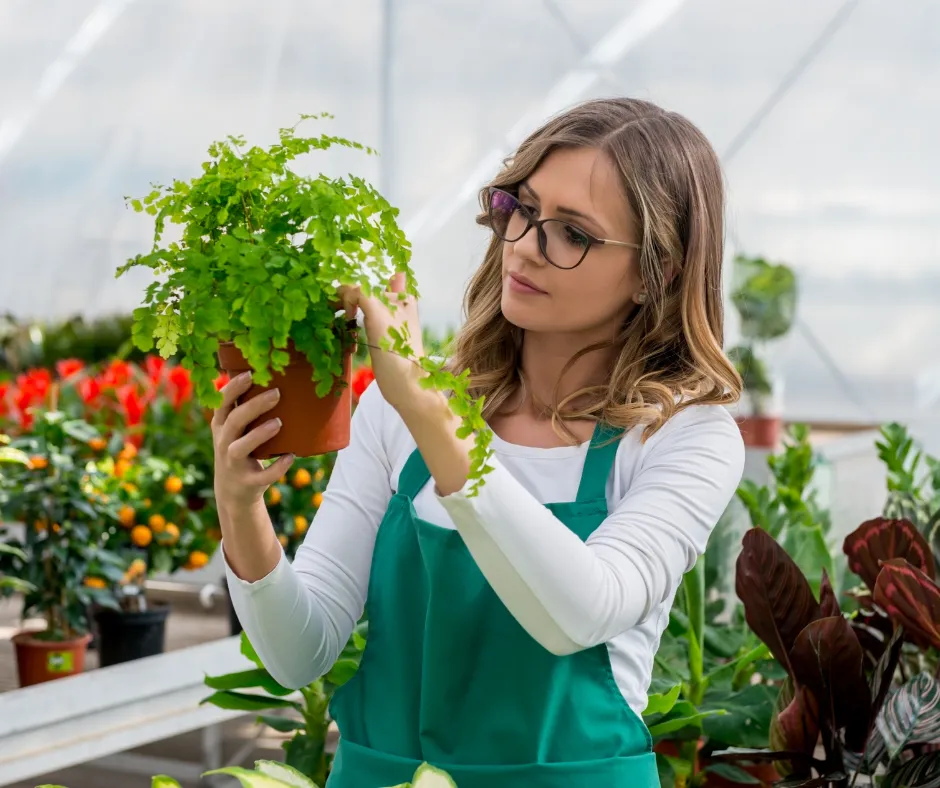
Tropical plant care in winter needs extra focus. Water them less frequently as they grow slower during this time. Keep them away from cold drafts. Maintain good humidity using a humidifier. Place them where they get steady, indirect light. For tropical Croton plants, mist leaves to avoid dryness. Adjust care as needed.
Plants need more water during Summer since the soil dries quickly. Water them regularly and keep them in bright, indirect light. Avoid direct sun to protect the leaves. Mist leaves or use a humidity tray to provide proper humidity. Check for pests because heat and warmth attract them. Understanding how to care for a tropical plant in summer helps them become vibrant and healthy.
As it gets cooler, water your plants less. Move plants to spots with less light slowly. Watch for cold drafts and move plants if needed. Keep checking humidity because heaters can dry the air. Trim dead leaves and look for indoor pests.
Spring is a time for growth and renewal for tropical plants. As the days get longer, increase watering. Start fertilizing to boost plant strength after the winter. Trim dead leaves and watch for new growth. Repotting them might be needed. Ensure they get plenty of indirect light.
These plants often face issues. For tropical mix plant care, adjust water and light for each plant. Here are the common problems and their solutions.
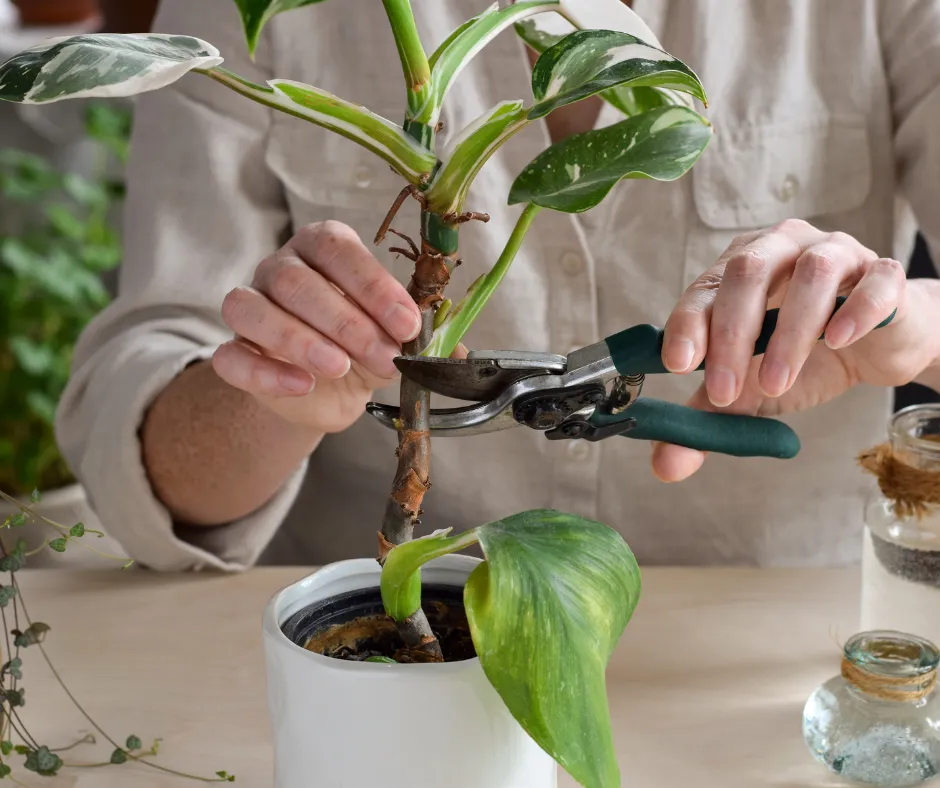
Yellowing leaves often mean the plant needs better care. Insufficient light can cause yellowing. Place plants in bright, indirect light. Overwatering is a common reason. Ensure the soil drains well and isn’t soggy. Poor humidity can stress plants and cause this too. Maintain 50-60% humidity. Fertilize monthly with a balanced fertilizer. Check for pests regularly.
Wilting and drooping often mean the plant has issues with water. Make sure the soil is moist but not too wet. Check if they get bright, indirect light. Pests can also cause drooping so check for them regularly. Keep plants away from drafts and hot spots. Adjusting these helps revive plants.
Root rot happens when roots sit in too much water. This makes the roots mushy and black. It can eventually kill your plant. Use pots with drainage holes to prevent this. If roots rot, cut away the bad parts. Repot in fresh soil and keep them waterless.
Leaves falling off can signal poor care or stress. Sudden changes in light, temperature or humidity can cause this. Keep conditions consistent and avoid moving plants often. Check soil moisture. Both overwatering and underwatering can cause leaf drop. Inspect for pests regularly. Nutrient deficiencies might be another reason to fertilize monthly.
Brown spots on leaves can mean several things. Overwatering might cause these spots; ensure the soil drains well. Too much direct sunlight can burn the leaves. Use bright, indirect light. The fungus can be another cause. Check for pests and keep humidity at 50-60%. Try a fungicide as well.
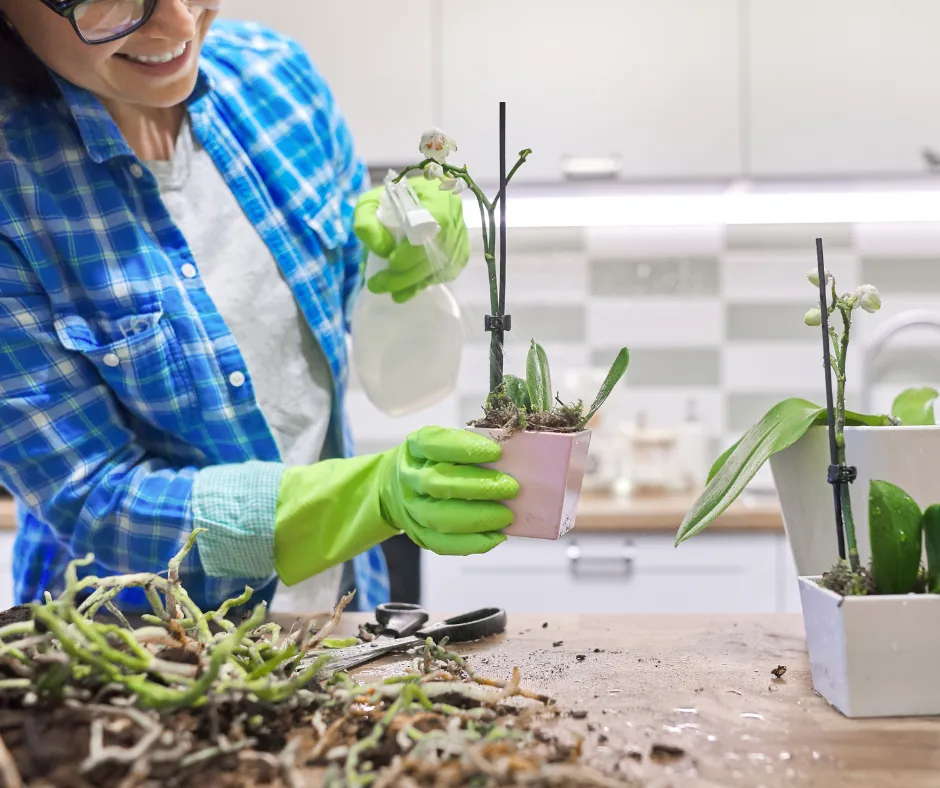
Easy-to-care-for tropical plants are a great choice for anyone looking to bring a calm atmosphere into their space. Proper Tropical plant care can make your space feel lush and vibrant.
Understand their light, water and humidity needs. Adjust care by season. Watch for common issues like root rot or yellow leaves. With the right attention, your plants will thrive and beautify your home all year-round.

The Best Plants for a Cafe and Restaurant
In Vancouver’s bustling foodie scene, ambiance is everything. The right plants can make a cafe feel cozier and a restaurant more upscale, creating a memorable,
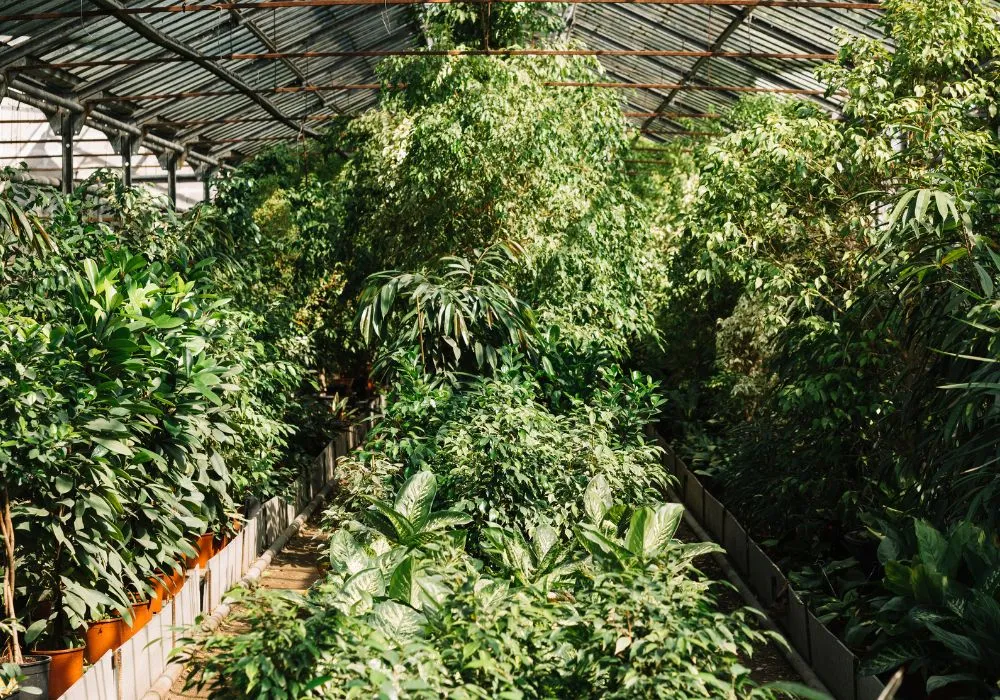
The Best Plants for Shopping Malls
Shopping malls and large commercial venues like Pacific Centre are high-traffic environments that require plants to be both beautiful and incredibly resilient. The right large-scale
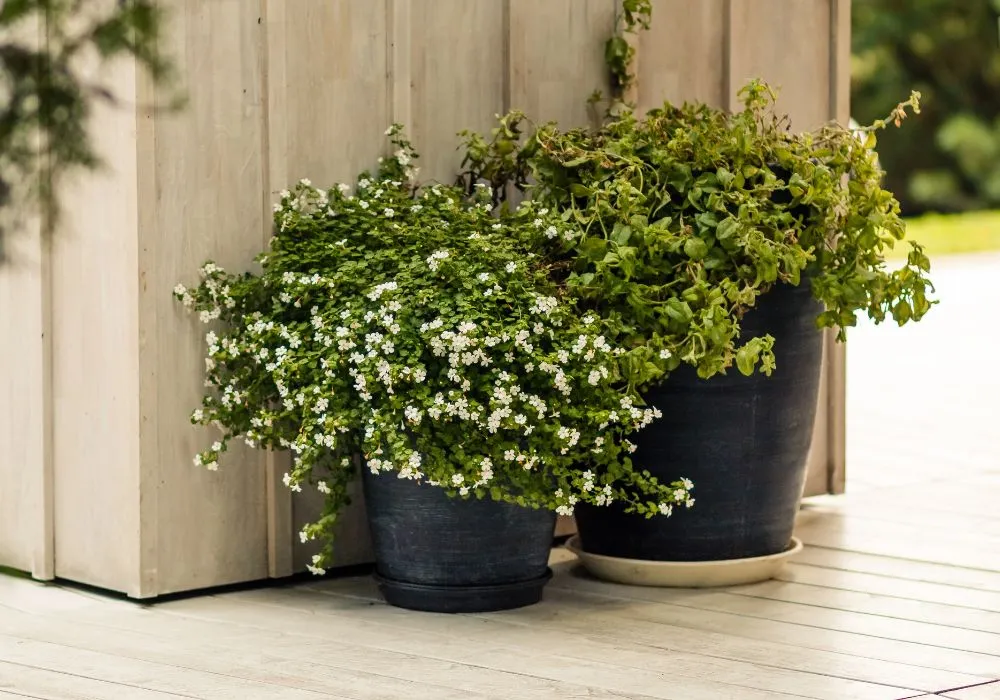
The Best Plants for a Garden and Patio
In Vancouver, we cherish our outdoor living spaces. A garden or patio is an extension of our home, and the right plants can transform it